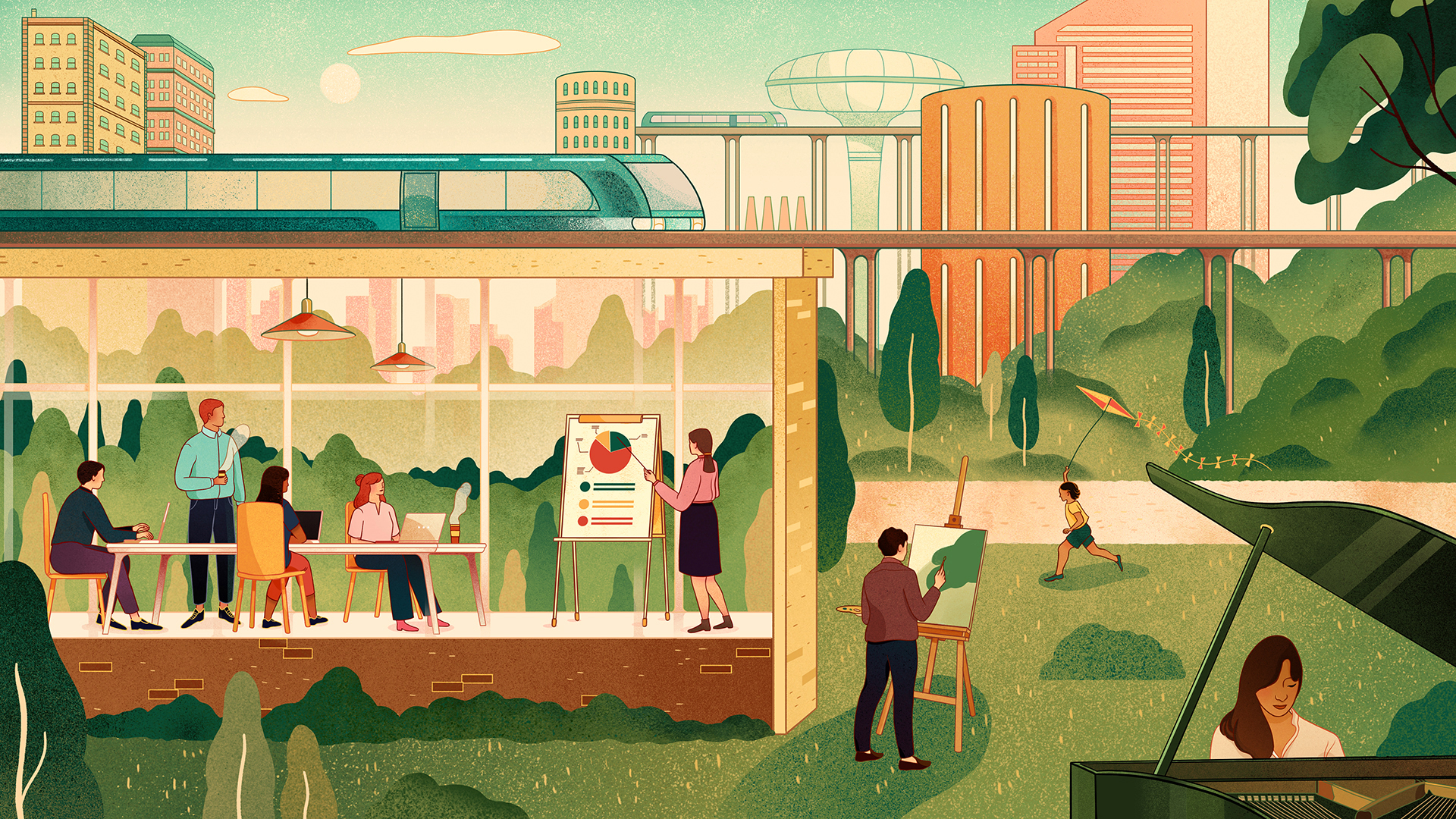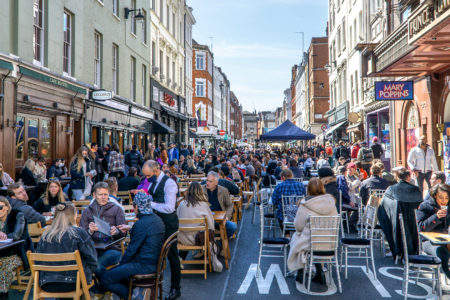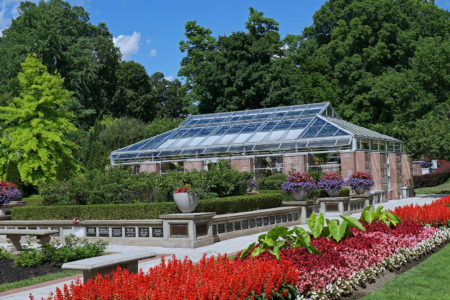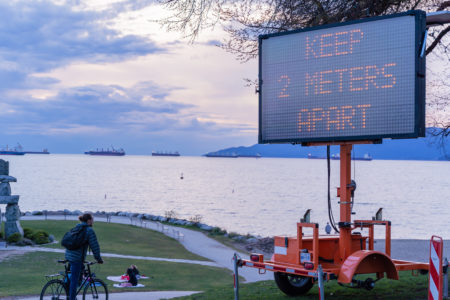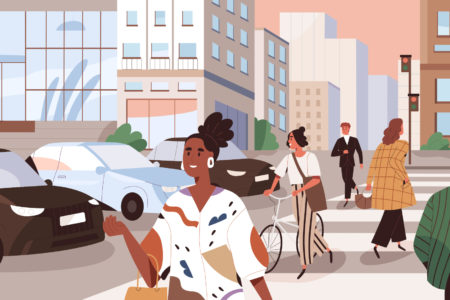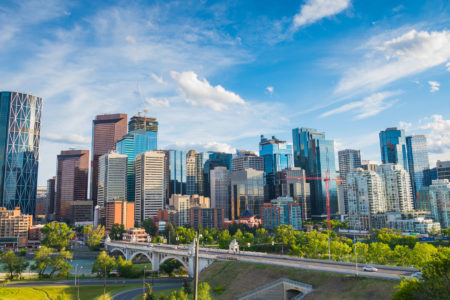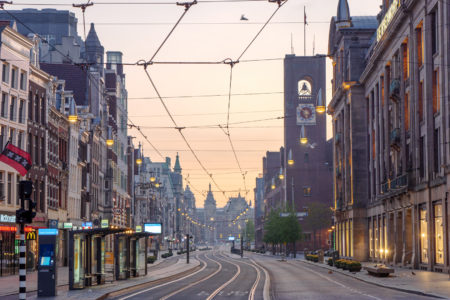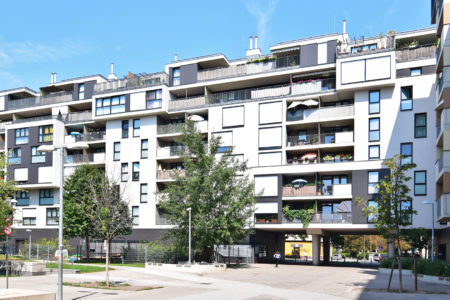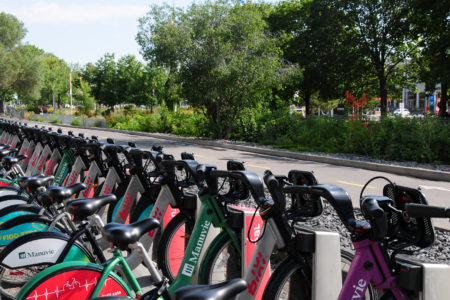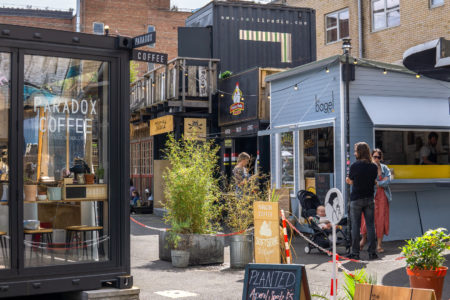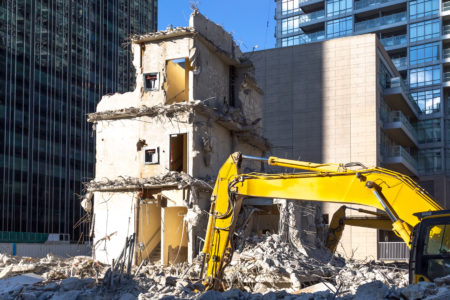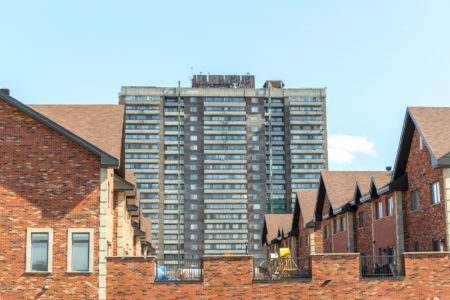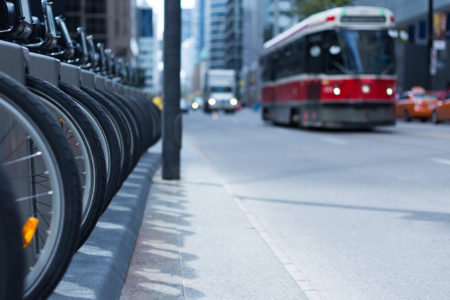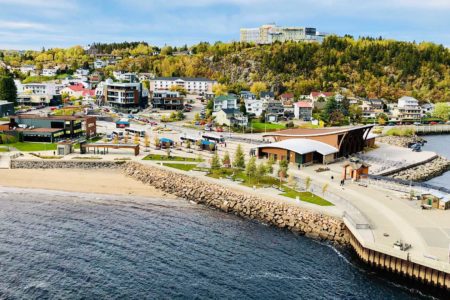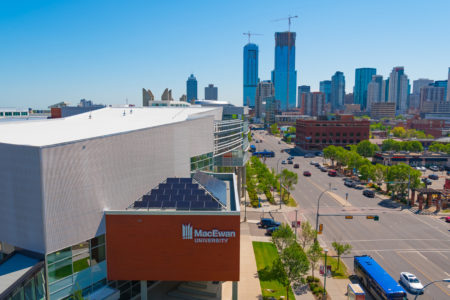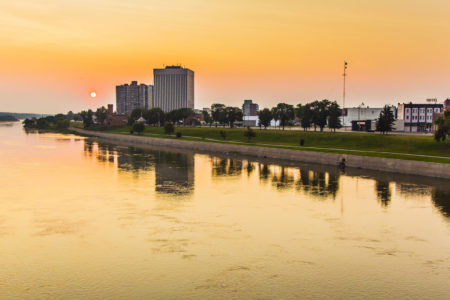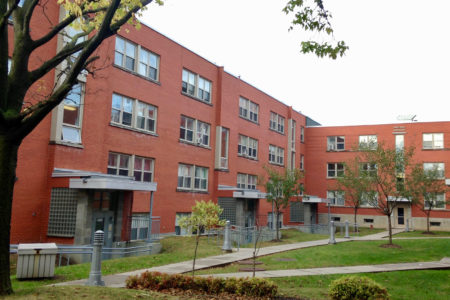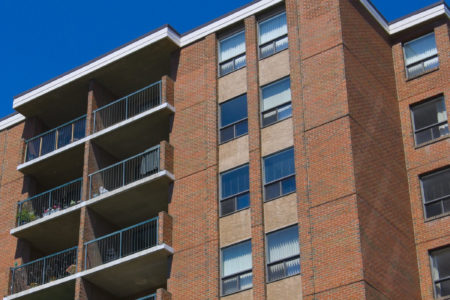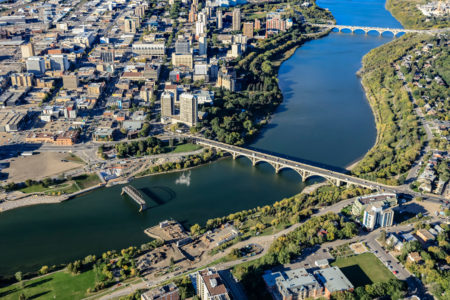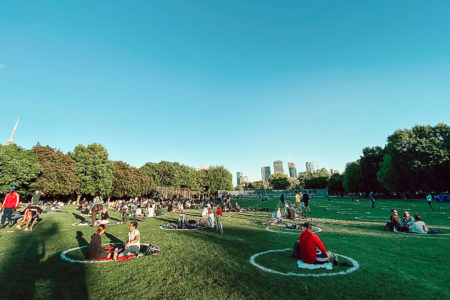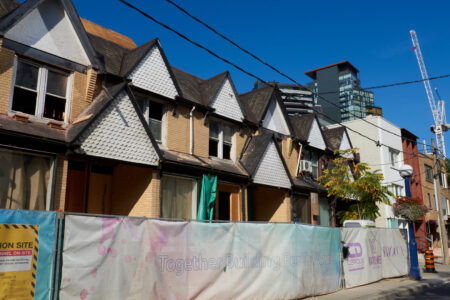
The pandemic has dramatically changed the fabric of cities across Canada. Downtowns emptied out, shops closed, and the real-estate market exploded in ways nobody predicted. Housing became even more unaffordable, urban parks were packed, streets were retooled to accommodate more than just cars, and anyone who had the choice opted out of transit. The privilege gap widened; the luckiest Canadians thrived while others struggled. COVID-19 has also accentuated the challenges municipalities face in funding core services within the constraints of federal and provincial fiscal arrangements.
As cities plan for their eventual reopening, and urban life gradually resumes, policy-makers and urban planners face some fundamental questions: What should cities look like in a post-pandemic era? How can cities of all sizes become more economically resilient? How can our cities function for everyone, not just the privileged? With bidding wars for homes spreading to even smaller urban centres, how will cities remain affordable to people living on lower incomes? How can cities preserve the dynamic cultural mix that gives them their vital character?
In this feature series, experts from various sectors explore the ways cities can and should be reshaped.
Support for this series was provided in part by the Canadian Urban Institute.

In tandem with the series, The Canadian Urban Institute hosted a City Talk Canada event on Thursday, June 10. The topic was: Are we ready for a revolution? Creating a new future for our downtowns. Key takeaways are available here. Panelists included: Martine August, assistant professor of planning, University of Waterloo; Alkarim Devani, co-founder, RNDSQR and co-founder and chief strategy officer of CHROMA in Calgary; Ken Greenberg, principal of Greenberg Consultants Inc. in Toronto; and Michel Lauzon, president of Laab Collective in Montreal. Mary W. Rowe moderated.




